Wednesday/Thursday - Barcelona Part One (Page Four)
Did you know? - Barcelona is the capital and the most populous city of the Autonomous Community of Catalonia and the second largest city in Spain, after Madrid, with a population of 1,621,537 within its administrative limits on a land area of 101.4 km2 (39 sq mi).
The urban area of Barcelona extends beyond the administrative city limits with a population of over 4,200,000 on an area of 803 km2 (310 sq mi), it ihe sixth-most populous urban area in the European Union after Paris, London, Ruhr area, Madrid and Milan.
We arrive in style
-
Life is tough on board our ship

Our transportation
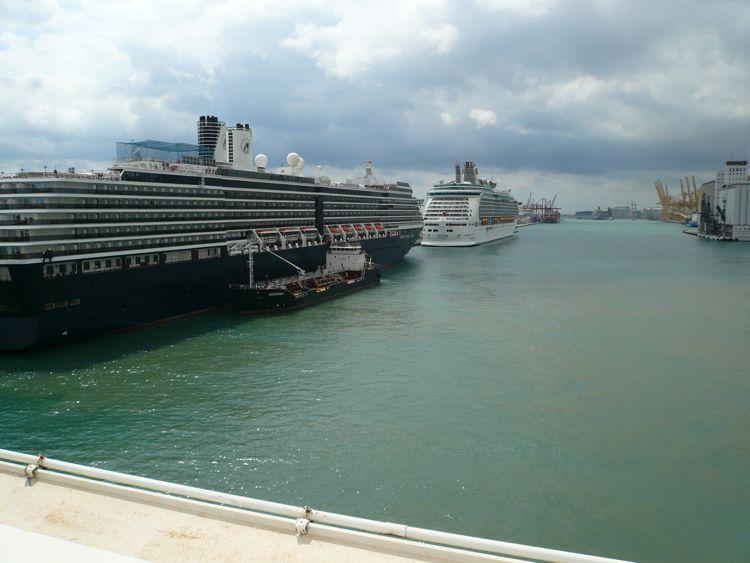
Barcelona is a busy port
Hello Barcelona


Ships everywhere
Ready To Walk!!

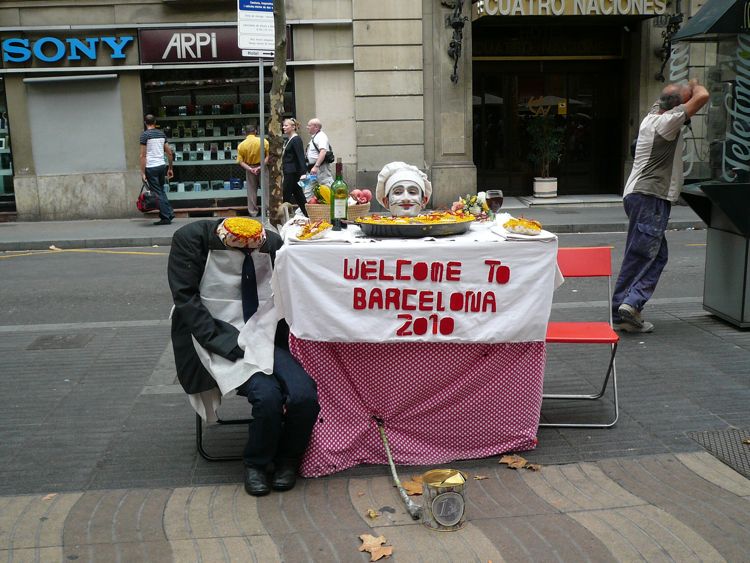
Where are we???
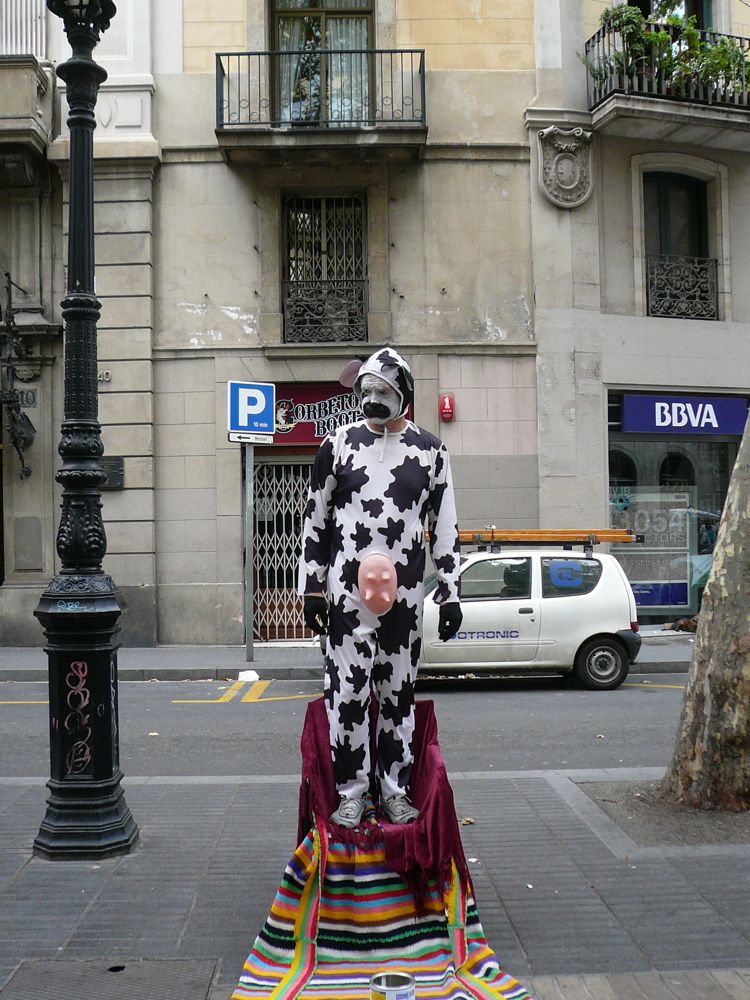
Utterly ridiculous

Gravity??


Like to see this one do the Flamingo

Cathedral de Barcelona

Tourists??

We are here... Short walk from the ship

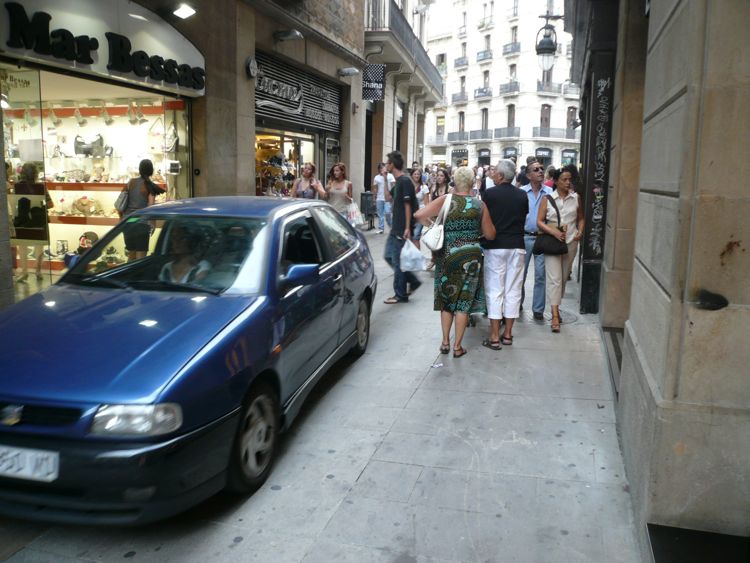
Know why they have small cars in Europe
Did you know? - Europe is the world's second-smallest continent by surface area, covering about 10,180,000 square kilometres (3,930,000 sq mi) or 2% of the Earth's surface and about 6.8% of its land area.
Of Europe's approximately 50 states, Russia is the largest by both area and population (although the country covers both Europe and Asia), while the Vatican City is the smallest. Europe is the third-most populous continent after Asia and Africa, with a population of 731 million or about 11% of the world's population.
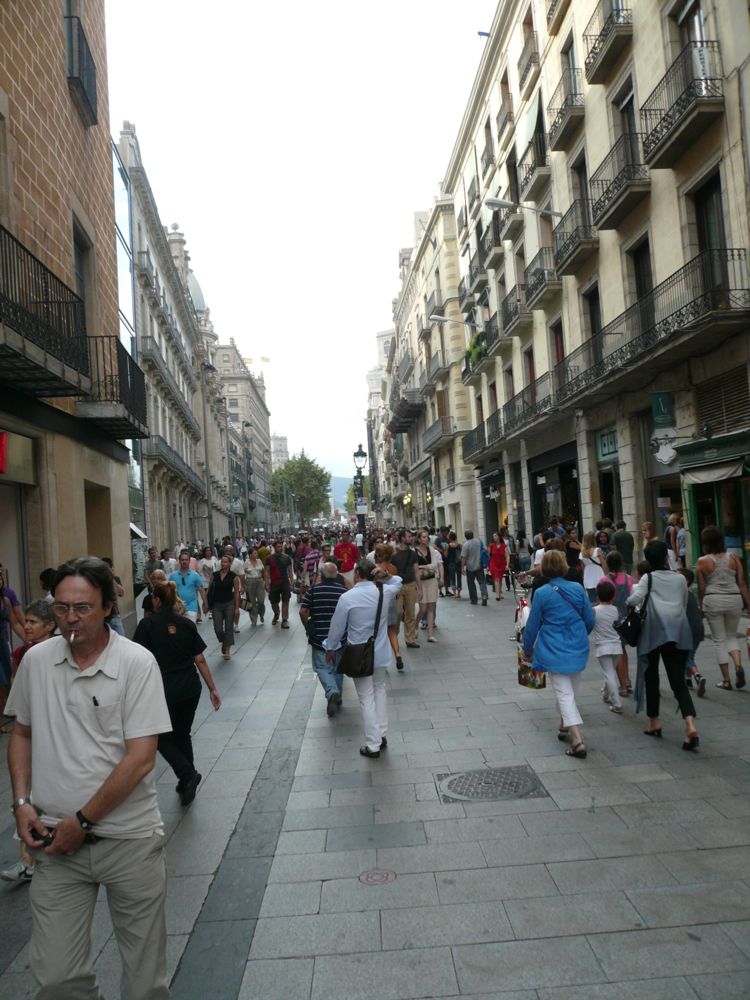
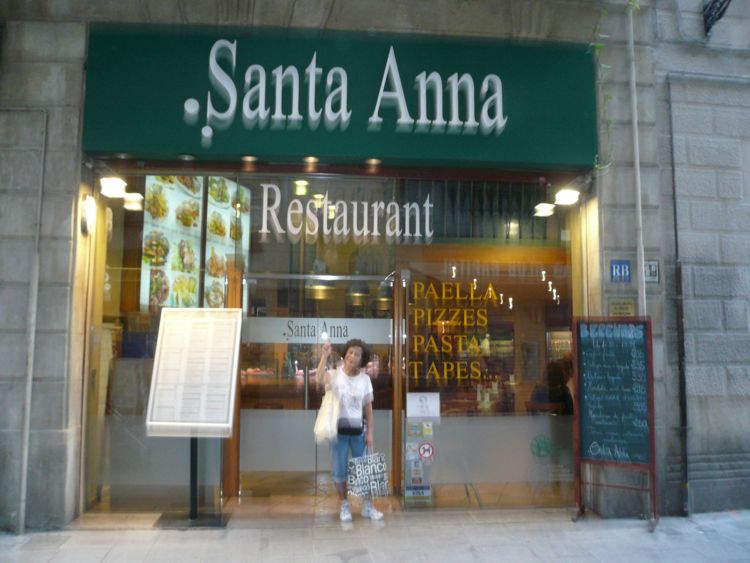
Home Sweet Home

Did you know? - Santa Ana comes from old. Initially was a delicatessen, well-known by his musical saloon. It was refurbished on 1998, transforming every meter from this little place in a warm and familiar corner. The bar is ideal for take a sandwich or an appetizer, but if you want to make a more complete lunch, it’s worth to go beyond this zone and try a classic meal, as a “paella de la casa”; more solid, like our hamburger, or in a more actual line, the spinach’s salad with goat chees crunchy and krispis.


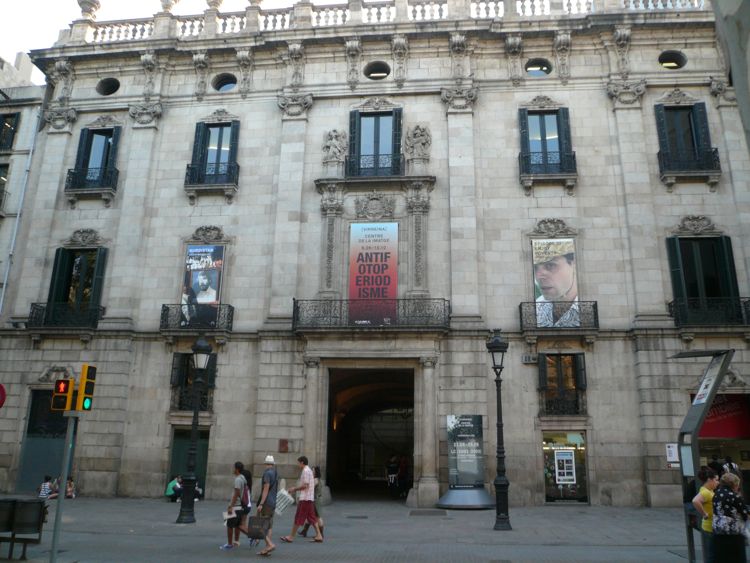
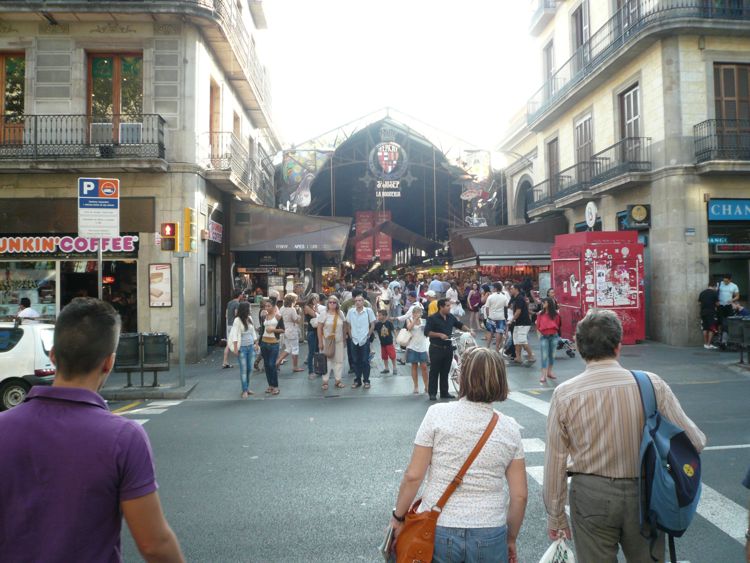
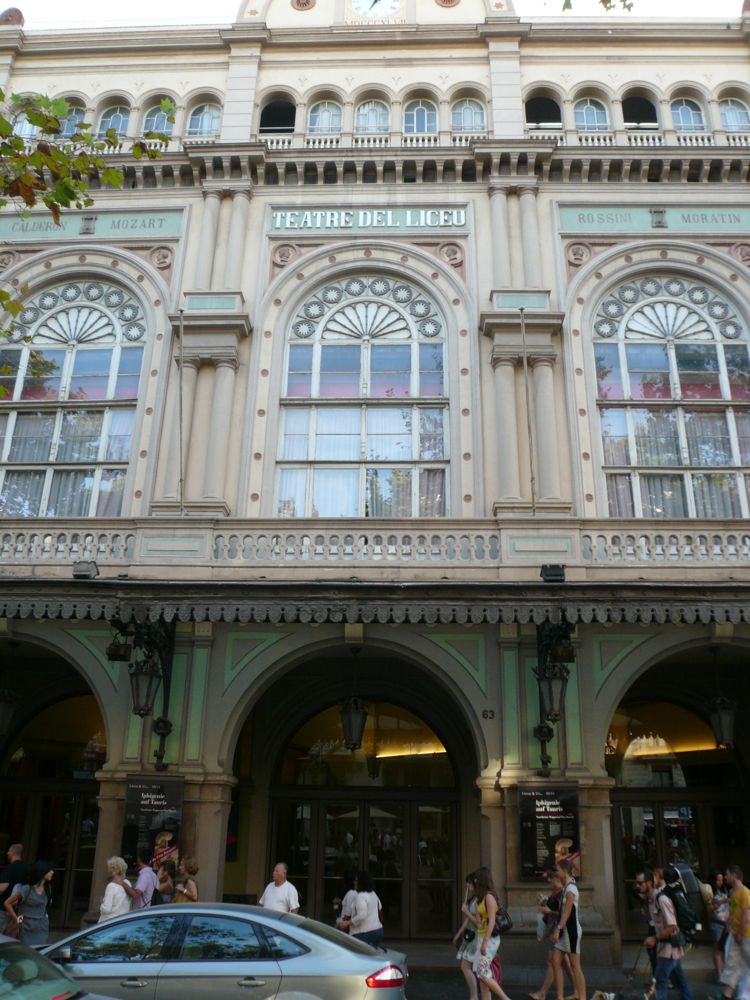
The Gran Teatre del Liceu, or simply Liceu in Catalan and Liceo in Spanish, is an opera house on La Rambla in Barcelona, Catalonia (Spain). The Liceu opened on April 4, 1847

Did you know? - In contrast with other European cities, where the monarchy took on the responsibility of the building and upkeep of opera houses, the Liceu was funded by private shareholders of what would become the Societat del Gran Teatre del Liceu (Great Liceu Theater Society), organized in a similar way to a trading company or societat. This is reflected in the building's architecture; for example, there is no royal box.
Time For Some Flamenco Dancing At The Cordobés (Flamenco Tablau)

RealFlamengo dancing
Did you know? - Flamenco is a style of music and dance which is native to many regions of Spain.
Along with its Spaniard origins, Gypsy, Byzantine, Sephardic and Moorish elements have often been cited as influences in the development of flamenco. It has frequently been asserted that these influences coalesced near the end of the reconquista, in the 15th century. The origins of the word flamenco are unclear - it was not recorded until the late 18th century.
Flamenco is popularly depicted as being the music of Andulusian gitanos (gypsies) but historically its roots are in mainstream Andalusian society, beginning in the 18th century. Other regions, notably Extremadura and Murcia, have also contributed to the development of flamenco, and many flamenco artists have been born outside the gitano community. Latin American and especially Cuban influences have also contributed, as evidenced in the dances of "Ida y Vuelta".

Did you know? - It is believed that when Spain colonized the New World, they brought back the influence of Latin American dance steps and music. It would appear the fandango picked up dance steps deemed inappropriate by Europeans, as the dances for fandango, chacon, and zarabanda, were all banned in Europe at one time or another.


Did you know? - Early flamencologists were amateurs and relied on a limited number of historical sources, mainly the work of 19th century folklorist Demófilo and notes made by foreign travellers. In the 1980s, flamenco began to be studied in conservatoriums, and musicologists and historians such as Rios Ruiz and Álvarez Caballero began to carry out more rigorous research.




Did you know? - During the Golden Age of Flamenco, between 1869–1910, flamenco developed rapidly in cafés cantantes, a new type of venue offering ticketed public performances. Dancers became a public attraction. Guitar players supporting the dancers increasingly gained a reputation, and so flamenco guitar as an art form was born. Silverio Franconetti, a non-Gitano seaman of Italian descent is said to have been the first "encyclopedic" singer, that is, the first able to sing well in all palos, instead of specializing as was usual at the time. He opened his own café cantante, where he sang and invited other artists to perform, and many other venues of this kind were created in Andalusia and Spain.
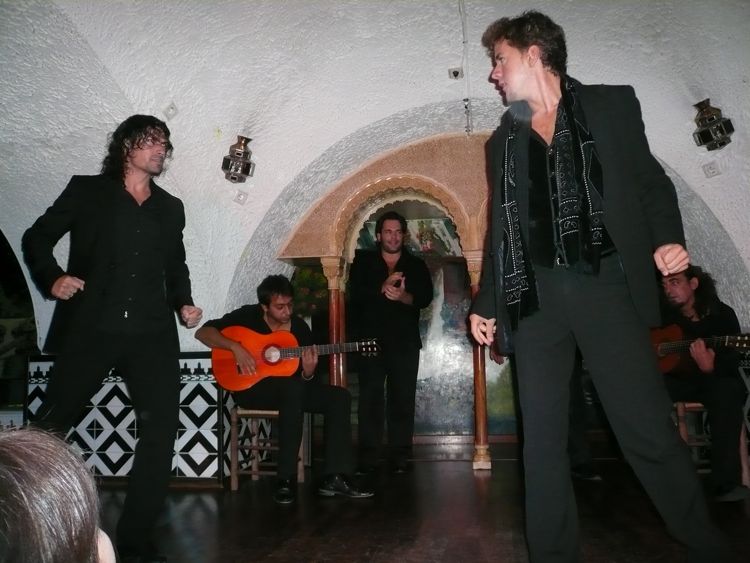

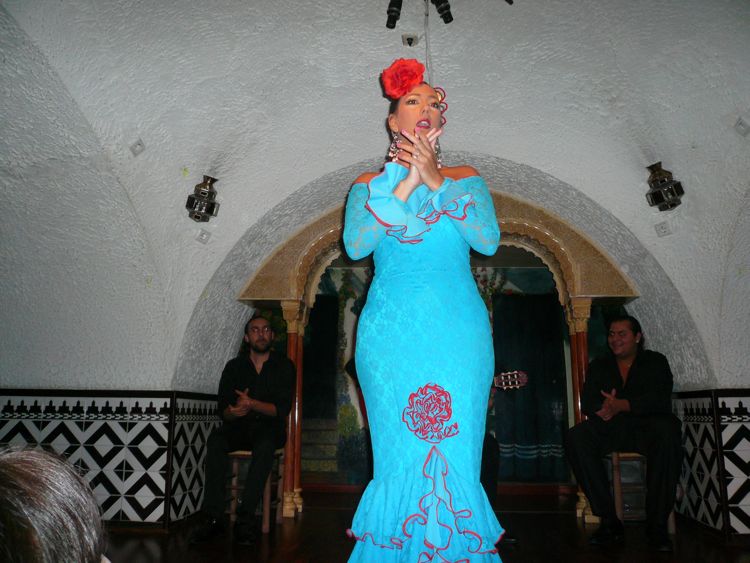

Did you know? - The period after the Concurso de Cante Jondo in 1922 is known as Etapa teatral (Theatrical period) or Ópera flamenca period, so-called because the impresario Vedrines called his shows opera, to take advantage of lower taxes offered to opera performances. The cafés cantante were gradually replaced by larger venues like theatres or bullrings. Flamenco became immensely popular but, in the view of purists, hopelessly over-commercialised. In the new shows, flamenco was mixed with other genres and theatre interludes portraying picturesque scenes by Gitanos and Andalusians.

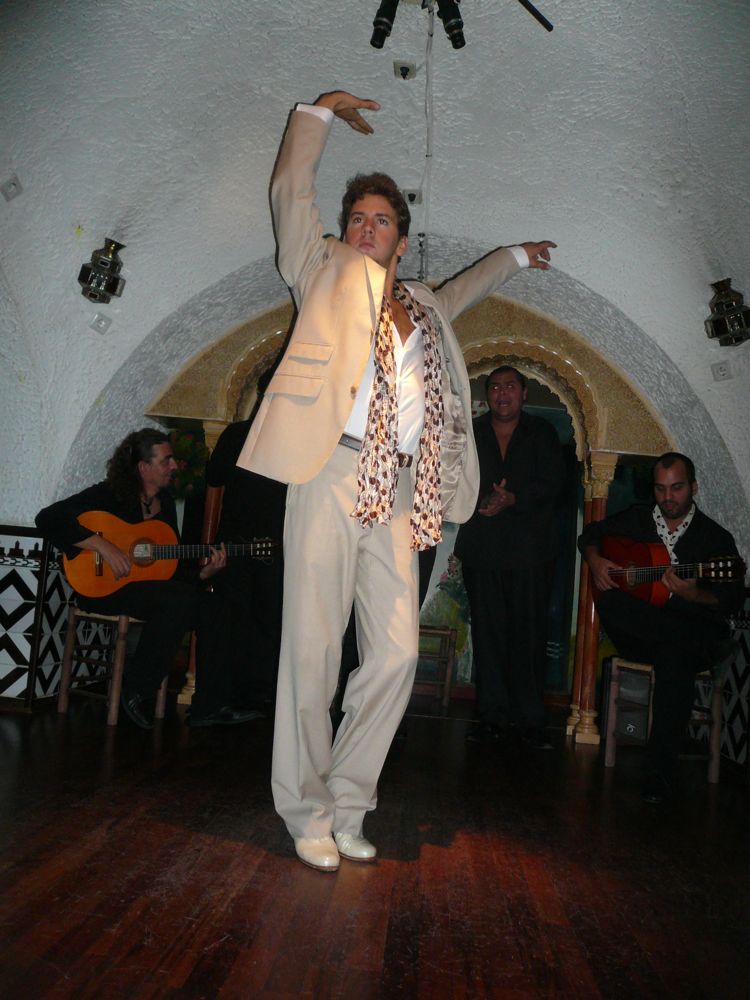
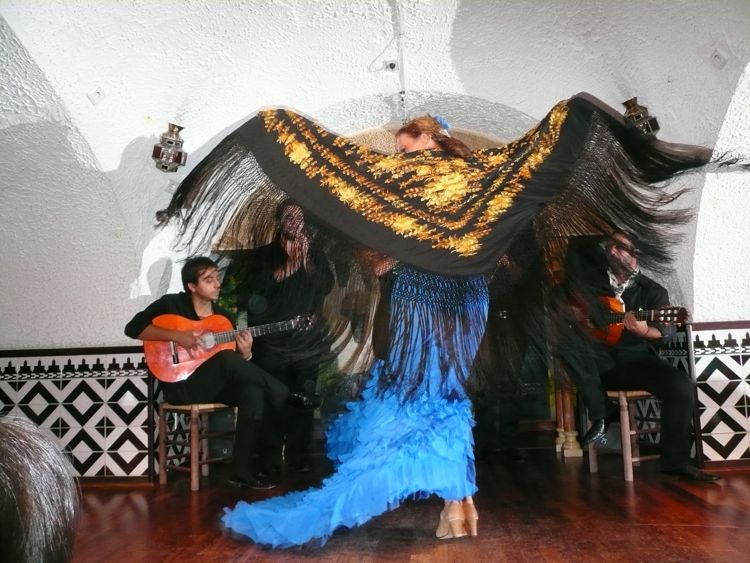
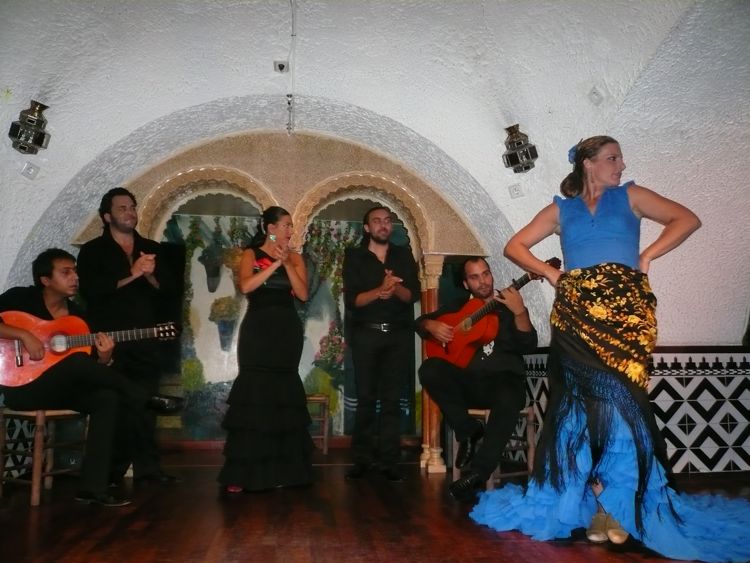

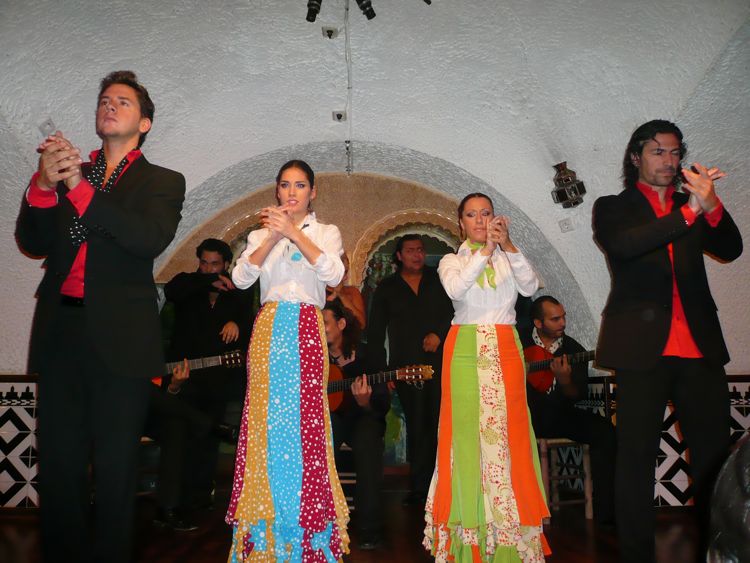

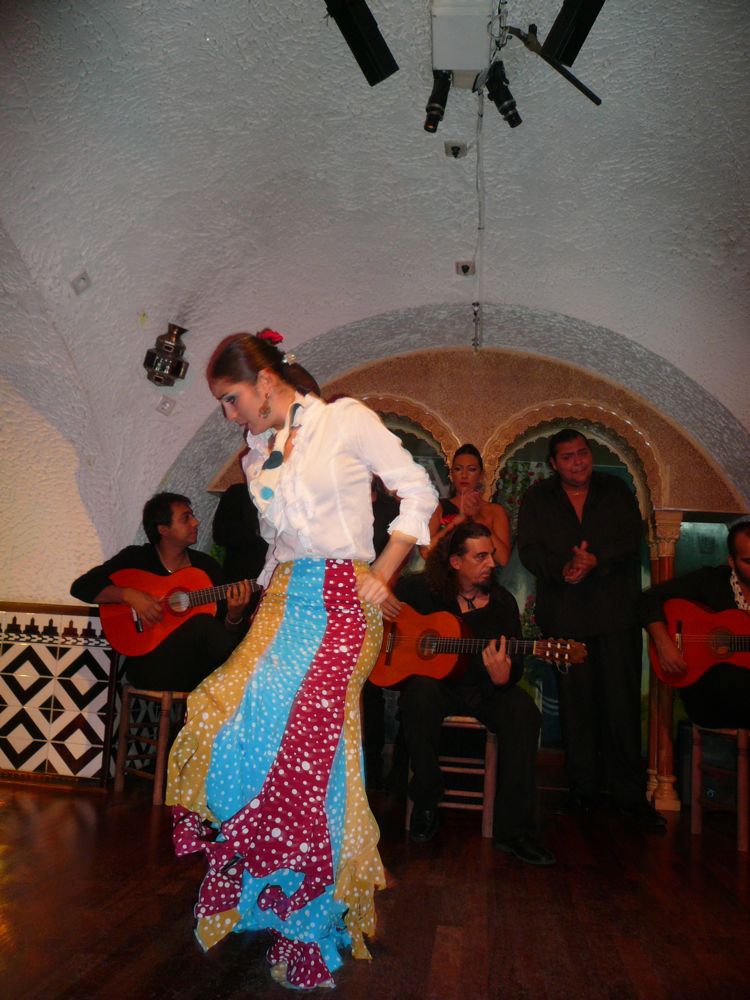
Did you know? - Traditional flamenco artists never received any formal training: they learned by listening and watching relatives, friends and neighbors. Some artists are still self-taught, but nowadays, it is more usual for dancers and guitarists (and sometimes even singers) to be professionally trained.
Some guitarists can even read music and study others styles like classical guitar or jazz, and many dancers take courses in contemporary dance or ballet as well as flamenco. Flamenco occurs in three settings - the traditional juerga, in small-scale cabaret or concert venues and in the theatre.
The juerga is an informal, spontaneous gitano gathering (rather like a jazz "jam session"). This can include dancing, singing, palmas (hand clapping), or simply pounding in rhythm on an old orange crate or a table. Flamenco, in this context, is organic and dynamic: it adapts to the local talent, instrumentation, and mood of the audience.
This context invites comparison with that other creation of a dispossessed class, the blues. Flamenco has been referred to as The Gypsy Blues, or even the European Blues as a means of providing a frame of reference to those new to the genre.


This certainly helps!!! Hope we can get back to the ship
- Page 1: Summary
- Page 2: Florence Italy
- Page 3: Monte Carlo
- Page 4: Barcelona Part One
- Page 5: Barcelona Part Two
- Page 6: Barcelona Part Three
- Page 7: Majorca
- Page 8: Tunisia Part One
- Page 9: Tunisia Part Two
- Page 10: Trapani, Sicily
- Page 11: Napels (Pompeii)
- Page 12: Roma Part One
- Page 13: Roma Part Two
- Page 14: Roma Part Three
- Page 15: Roma Part Four
- Page 16: Roma Part Five

